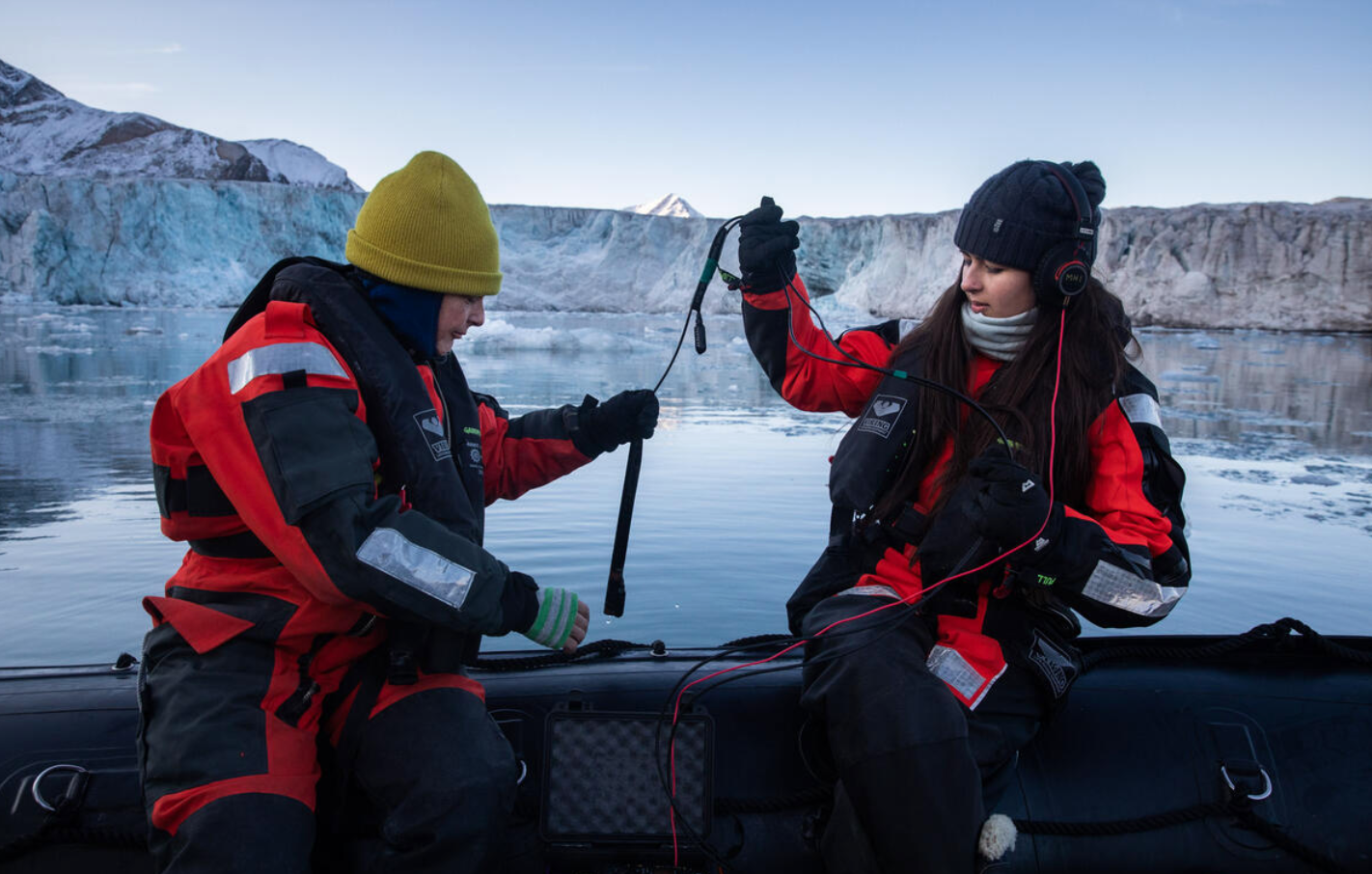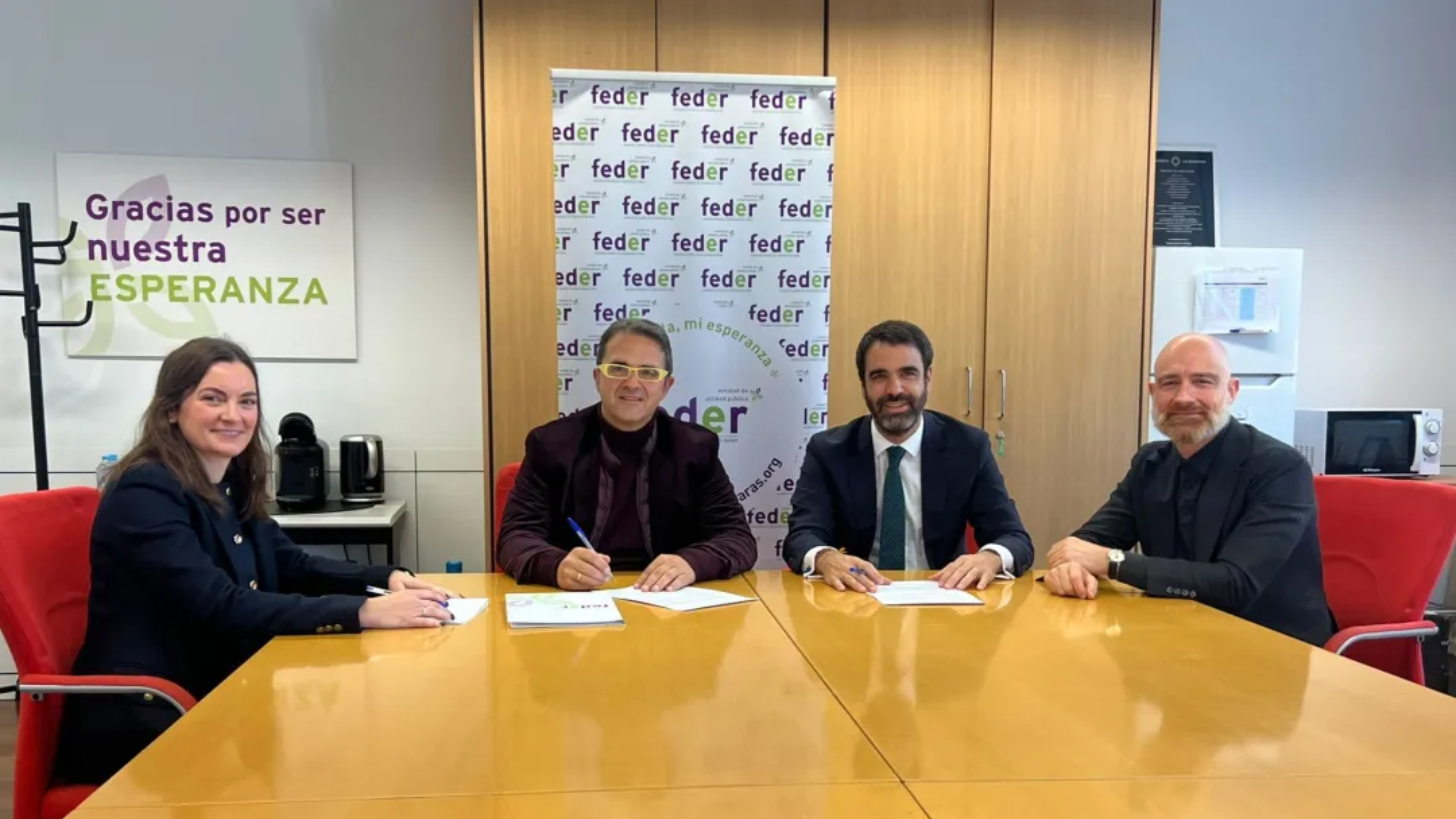
Every February 11, the International Day of Women and Girls in Science is celebrated, a day to highlight gender inequality in the scientific field and to call for initiatives in which the role of women in science is visible and recognized. , thus creating benchmarks for girls, in order to advance real equality between women and men on the ground. Of the researchers in the world, women represent less than 30%, and only 7% of 15-year-olds say they want to dedicate themselves to technical professions in the future.
The work of women scientists from Greenpeace it is essential for campaigns, from climate change, the protection of the oceans, or studies in relation to COVID and biodiversity.
The COVID-19 pandemic has made us see more clearly than ever the close relationship between biodiversity and our health. Using the same metaphor as the world biodiversity expert Sandra Myrna Díaz, biodiversity is like a tapestry that begins to lose the threads and knots that weave it together. The knots in the tapestry – the necessary connections between the variety of species and habitats – are breaking and increasing the proximity between people and viruses, exponentially increasing the likelihood of disease transmission from animals that act as virus vectors to humans. If nature continues to deteriorate (breaking knots in the tapestry), we increasingly endanger our own health.
Research is vital so that this area can be protected. And the ultimate goal that Greenpeace has is not just to protect a very valuable piece of sea, but the approval of a Global Ocean Treaty to protect 30% of the sea surface by 2030. We have to achieve it this year, because now it is more important never. Caring for the oceans, caring for biodiversity, is also a natural vaccine against pandemics. This vital work is only possible with the full participation and empowerment of women and girls.
See more here





